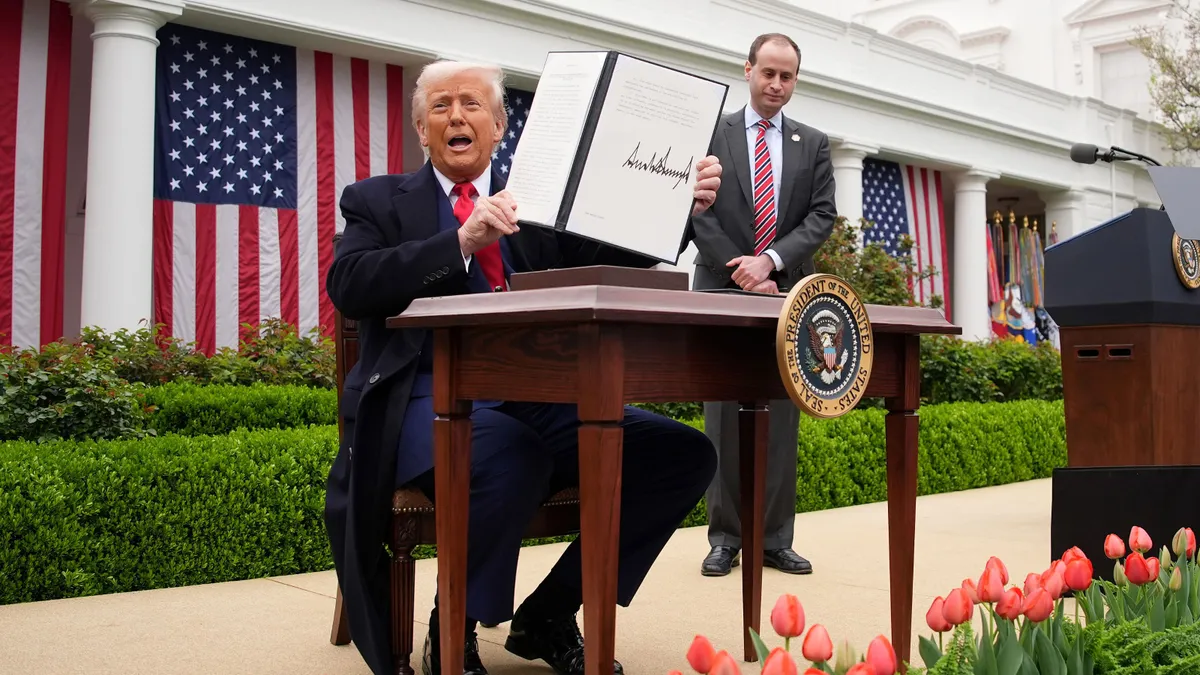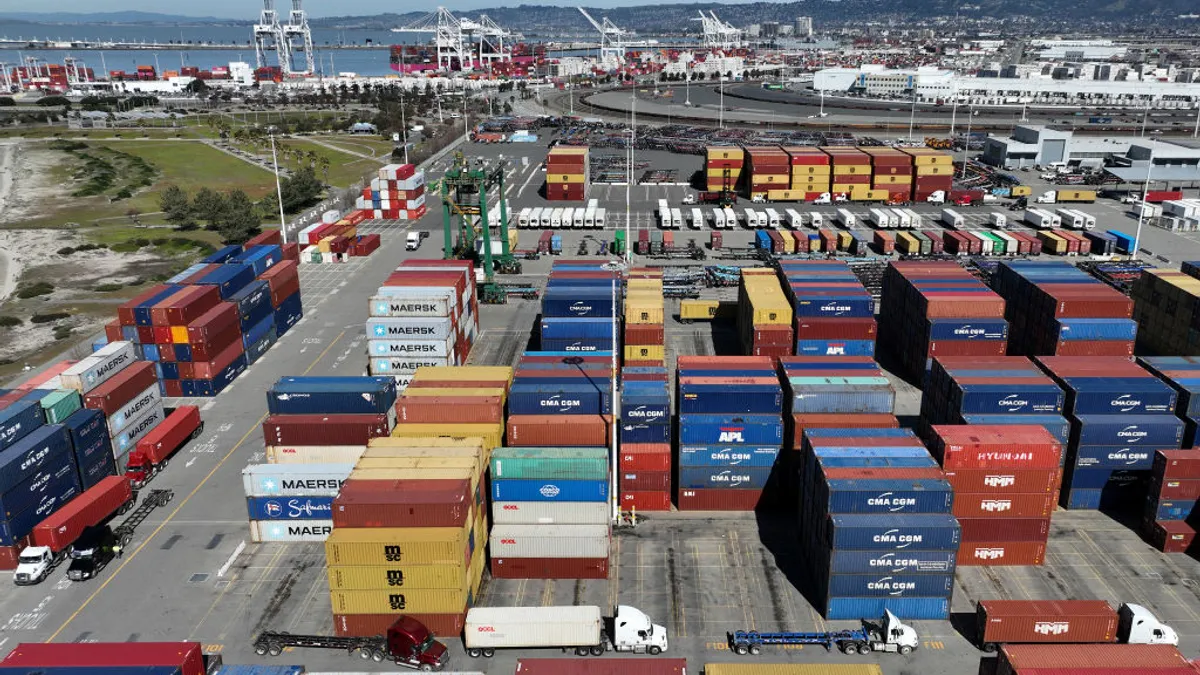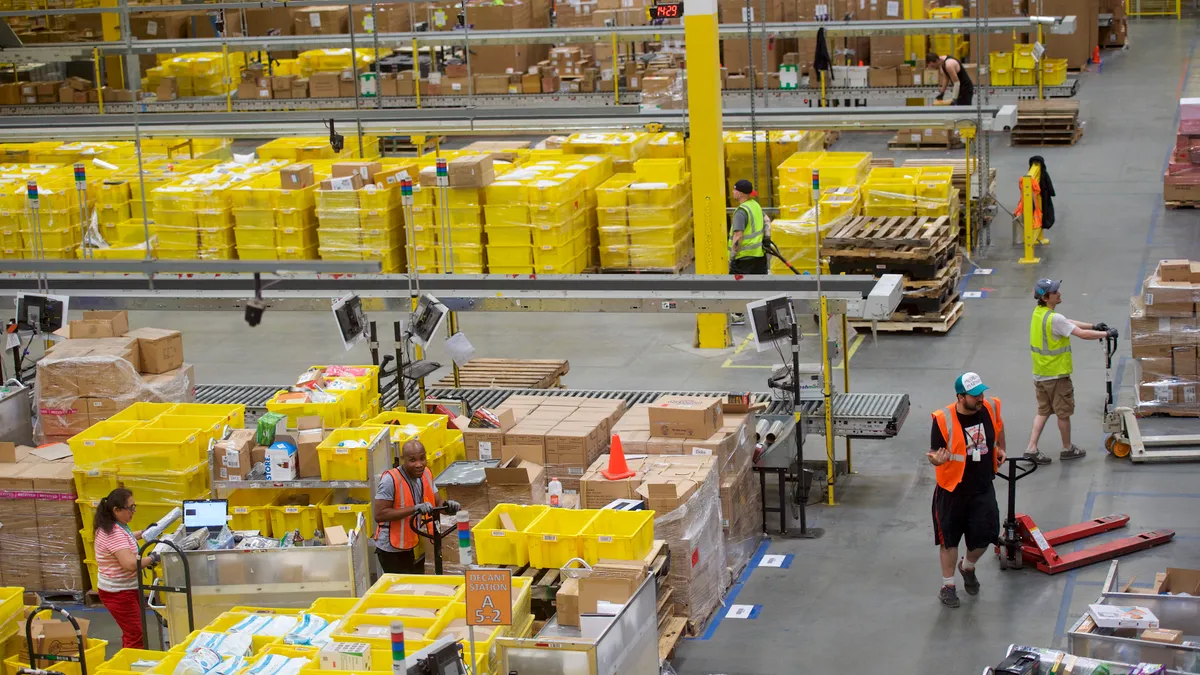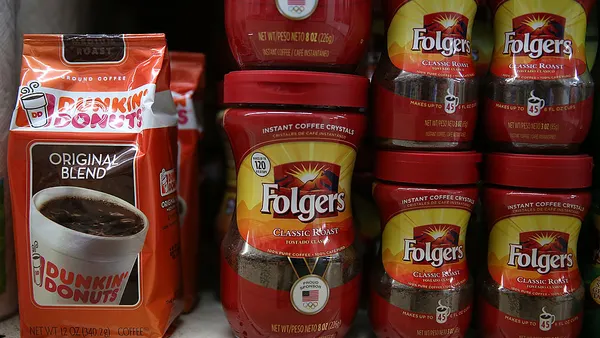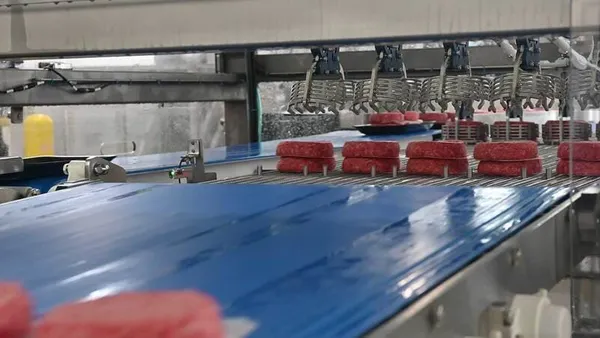President Donald Trump unveiled his plans for a universal 10% levy and country-specific duties on Wednesday.
The individual rates for each country and the baseline charge captured headlines. However, the executive order Trump signed to install the new actions features several intricacies shippers will need to understand as they reshape their import processes.
Determining product flows, tariff codes, origin countries and net duty burdens will remain critical, wrote Jonathan Todd, vice chair of the transportation and logistics practice group at law firm Benesch Friedlander Coplan & Aronoff, in a Thursday client update.
Here’s a look at five critical clauses in the order and how shippers can respond.
1. Shippers have a short window to frontload goods
The 10% baseline tariff will become effective Saturday, while the country-specific rates are slated to go live April 9. That gives importers little time to rush in goods ahead of implementation.
However, products do not necessarily have to be through customs and domiciled in the U.S. before those dates to avoid the tariffs. Per the executive order, products loaded onto a vessel and shipped on the final mode of transit prior to 12:01 a.m. EDT on the day the new tariffs take effect will not be subject to the increased charge.
The clause is in line with previous tariff-instituting executive orders from the Trump administration.
To avoid paying tariffs ahead of the implementation dates, companies need to secure documentation detailing when shipments were loaded onto vessels, not just that they are scheduled to ship by a certain date, said Brett Johnson, a partner at law firm Snell & Wilmer.
“And the problem is that the freight corridors aren’t going to be able to go pick up everything that is getting ready to be moved,” Johnson said.
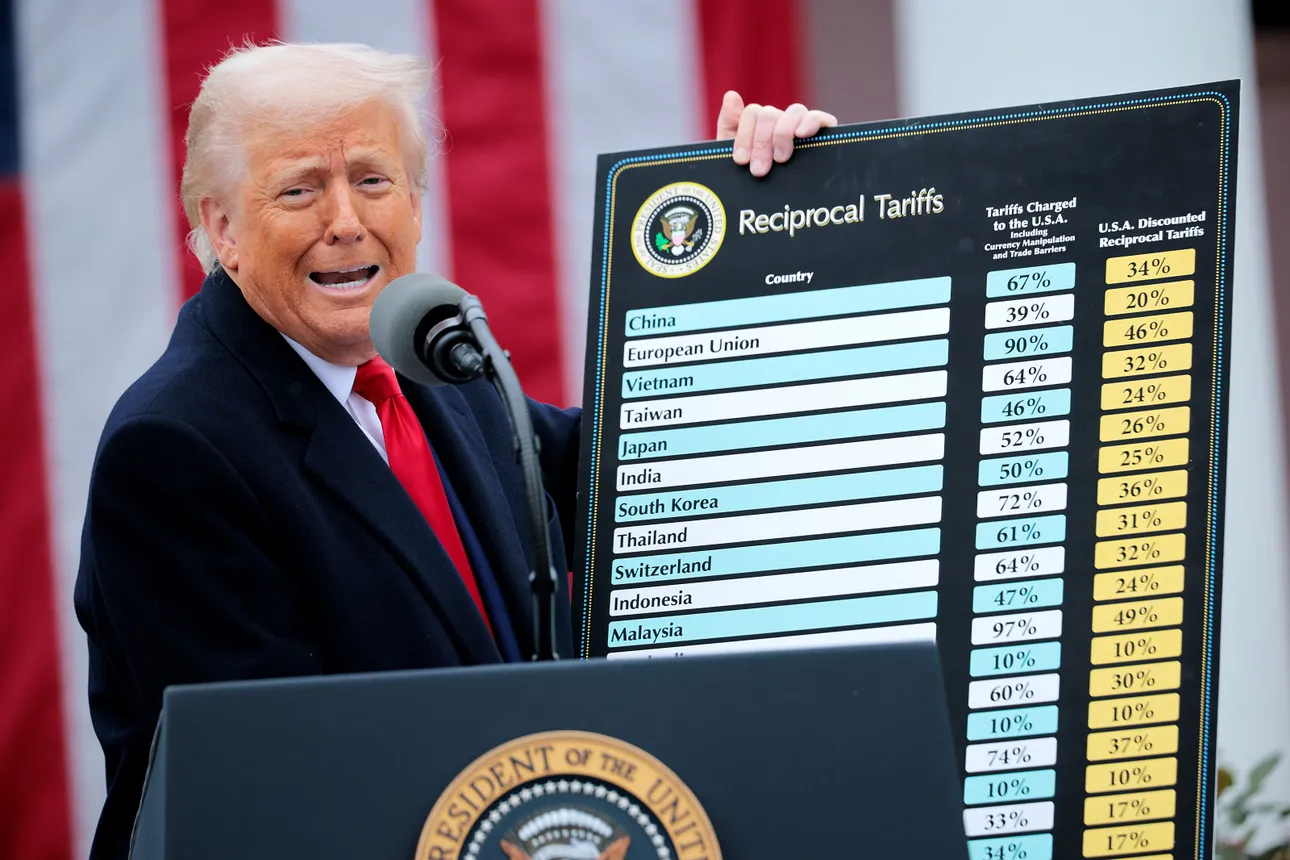
2. China tariffs are likely to compound
On Wednesday, the president announced that China would be subject to a 34% tariff as part of country-specific duties based on White House calculations.
But there’s no blanket answer to how those tariffs may impact previously enacted duties, Johnson said, including for China.
Several different sets of tariffs on the country will likely stack, as each duty aims to achieve a different policy goal, according to Alexander Schaefer, a partner in the international trade group at Crowell & Moring.
For instance, Trump levied tariffs in February and March under the International Emergency Economic Powers Act, tying the actions to the national emergency he declared on fentanyl trafficking. The tariffs he ordered Wednesday are meant to address a separate national emergency, namely the rebalancing of the U.S. trade deficit.
Those two sets of actions don’t even include Section 301 tariffs, which are levied based on an investigation by the U.S. Trade Representative, that remain in effect or any potential new duties the administration may roll out.
“Every indication is that they’re going to be cumulative,” Schaefer said of Trump's duties
However, even if the tariffs on China do stack, it is unclear how the math will play out.
“Is it 54? Is it 70? Is it 34?” said Angela Gamalski, a partner in law firm Honigman’s regulatory department. “It’s all on how you are reading all of these executive orders together.”
3. The door is open for lower tariffs for Canada, Mexico
Canada and Mexico were notably absent from the White House’s list of countries subject to new tariffs announced Wednesday. Instead, the U.S.’ North American neighbors will continue to face a 25% tariff for goods not compliant with the United States-Mexico-Canada Agreement. A pause remains in place for imports that do comply, per Wednesday’s executive order.
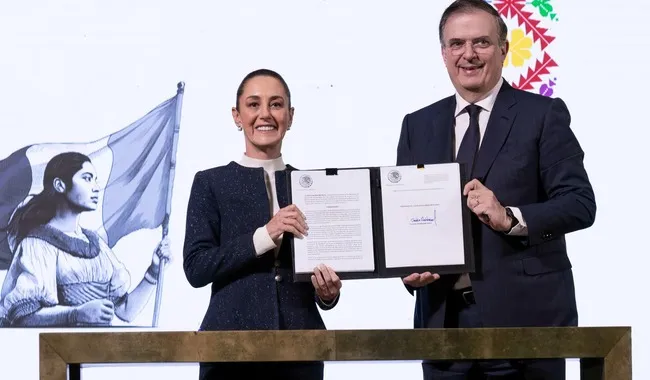
That 25% rate would drop to 12%, however, if Trump terminates or suspends his previous action, per the executive order.
“We can negotiate this 25% away, but they’re still going to be 12,” Gamalski said. “There’s still going to be something.”
Including the provision is likely a means of maintaining some level of tariff should Trump declare an end to the fentanyl and immigration national emergencies buttressing the current rate, according to Crowell & Moring's Schaefer.
4. Tariffs only apply to non-U.S. content
Some companies will be able to reduce their tariff costs if the products they import include components that come from the U.S. Specifically, if 20% or more of a product’s content originated domestically, then the rate will only apply to the remaining percentage of foreign-produced parts.
However, certifying goods can be tricky and requires a bill of materials analysis and cooperation from suppliers throughout a product’s journey from production to customs, according to Snell & Wilmer's Johnson.
Additionally, the 20% must be standalone from the finished good, meaning if materials are combined together to the point they cannot be separately identified, they no longer qualify, per Johnson.
“You’re going to have to show that supply chain chain of custody through the process,” Johnson said, noting that he is encouraging clients to include documentation to customs brokers, freight forwarders and inside container boxes themselves.
5. The de minimis exemption is on the ropes
In a separate executive order Wednesday, Trump eliminated the de minimis exemption for goods from China and Hong Kong, effective May 2.
The trade tool — which allows for duty-free treatment for imports under $800 — could also be removed for shipments from other tariffed countries, pending the installation of “adequate systems” to collect such customs revenue, per the reciprocal tariff order.
“Many smaller businesses operate through individual shipments and aim for that $800 a day or less to avoid tariffs completely,” Honigman’s Gamalski said. “And this is saying that whole avenue is going away.”



